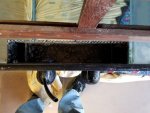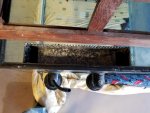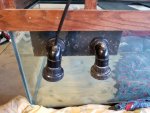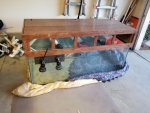So I recently purchased a complete 220 Gallon tank. It included a Glass-Holes.com overflow. Was just wondering if anyone has experience with this type of overflow and any tips/tricks associated with it. Their website has very limited information for it. Thanks in advance.
Here's a couple pictures of the overflow.




Here's a couple pictures of the overflow.




